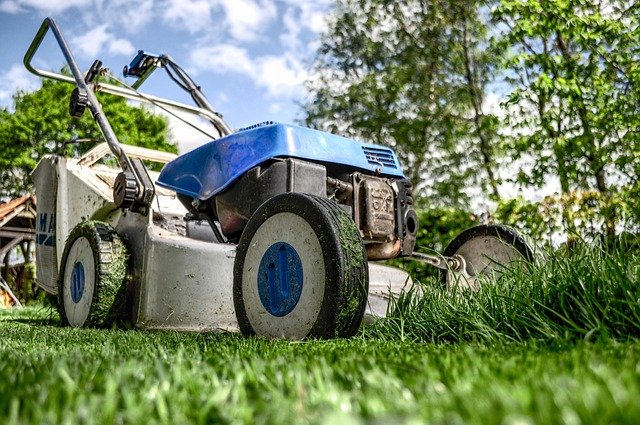Snowboards: Design, Conditions, and Riding Essentials
Snowboarding combines equipment design, environmental conditions, and rider technique. A snowboard is more than a flat board with bindings; it’s engineered to perform in different snow and mountain environments, from groomed resort runs to deep powder fields. Understanding how board shape, flex, base material, and profile interact with snow type and winter conditions helps riders choose the right gear and maintain it for consistent performance. This article breaks down core snowboard concepts, how snow and winter weather affect riding, mountain terrain considerations, and what to look for in powder conditions to ride more confidently and safely.
What is a snowboard?
A snowboard is a board designed to glide on snow while carrying a rider who stands sideways. Boards vary by shape (directional, twin, directional twin), profile (camber, rocker, hybrid), flex, and length. These design elements influence turning, stability, pop, and speed. Bindings and boots interface between rider and board; their setup affects stance width, binding angles, and overall control. Different boards suit styles—freestyle, freeride, alpine—but many modern boards aim to be versatile across groomed runs and mixed winter conditions. Choosing a snowboard involves matching performance goals to typical mountain terrain and personal skill level.
How does snow affect riding?
Snow conditions change how a snowboard responds. Packed, groomed snow provides predictable edge grip and faster, more efficient turns. Hard-packed or icy surfaces demand sharper edges and a stiffer board for stability. Wet or slushy snow increases drag and can slow a rider, while cold, dry snow tends to be faster. Fresh snow with a light, dry structure behaves differently from heavy, wet snow—each requires slight adjustments in speed, turn initiation, and weight distribution. Regular waxing and edge tuning help the board adapt to variable snow and maintain consistent performance throughout the winter season.
How to prepare for winter conditions?
Preparing for winter riding involves both equipment and personal readiness. Tune edges and apply the appropriate wax for expected temperatures to improve glide on varying snow types. Inspect bindings, screws, and the base for damage before the season and after heavy use. Layering clothing for thermal regulation and waterproofing keeps comfort on long mountain days. For backcountry winter travel, riders should carry avalanche safety gear, navigation tools, and communication devices and obtain proper training. Local services and rental shops in your area can provide seasonal mounting and tuning if you prefer professional preparation.
How does mountain terrain influence choice?
Mountain terrain dictates board selection and setup. Groomed resort slopes favor boards that balance edge hold and maneuverability; a medium flex and all-mountain profile work well. Steeper, variable mountain faces or mixed snow require a directional board with more stability at speed. Park and urban features benefit from twin shapes and softer flex for spins and presses. Backcountry and steep terrain often call for longer, stiffer boards with reliable edge control and flotation characteristics for off-piste snow. Consider typical runs at the mountains you ride most frequently when choosing length, width, and flex.
What is powder and why it matters?
Powder refers to deep, unpacked snow that offers a floating sensation but demands different board behavior than groomed runs. Powder-specific features include a rocker-forward profile or increased nose volume to enhance float, setback stances to keep the nose up, and often wider boards to distribute weight over soft snow. Riding powder requires adjustments in technique—gentler turns, a more centered or slightly rearward weight distribution depending on board design, and smoother, more anticipatory movements. Powder conditions can be highly rewarding but also require awareness of mountain safety and variable snowpack stability.
A wrap-up paragraph that reinforces the essentials without directives. Selecting the right snowboard depends on how you plan to ride across snow types and mountain terrain, along with the seasonal winter conditions you most often encounter. Maintain your board with regular waxing and edge work, match flex and shape to your riding style, and adapt technique when moving between groomed runs, icy patches, or deep powder. Understanding these elements helps riders choose equipment and approach that suit their skill level and the environments where they ride.







